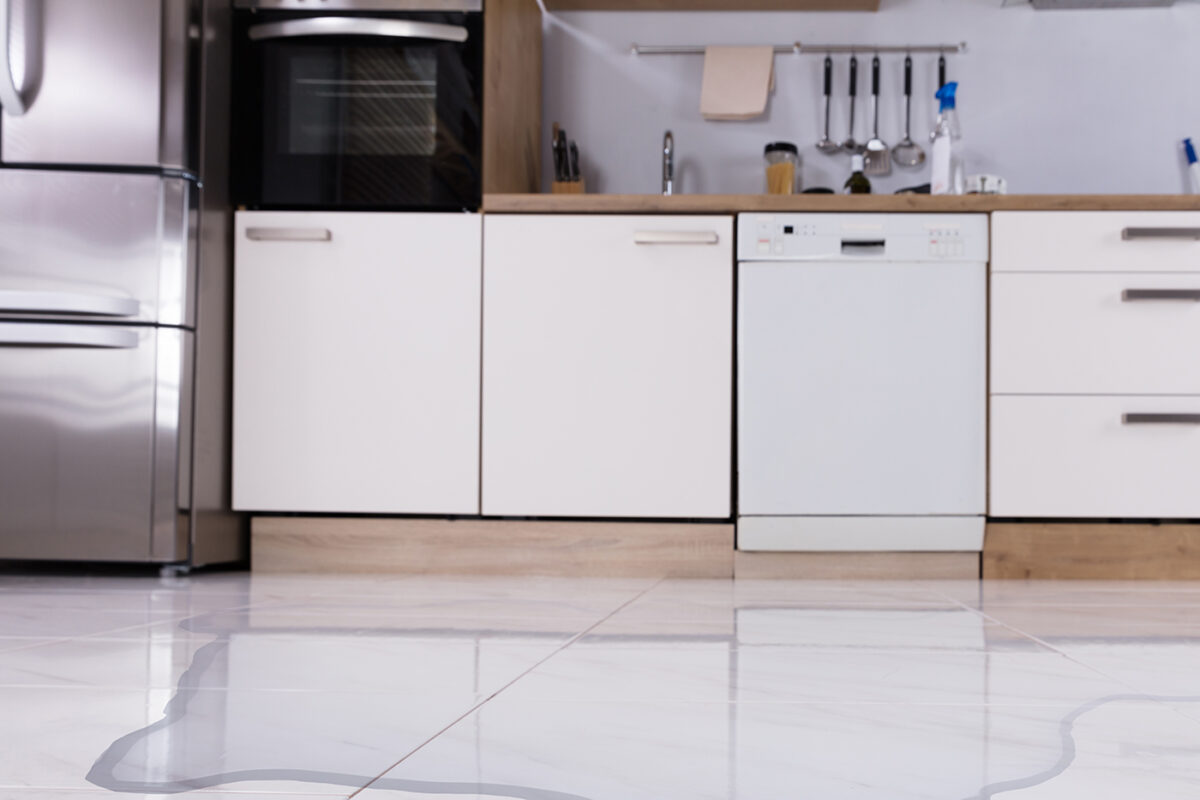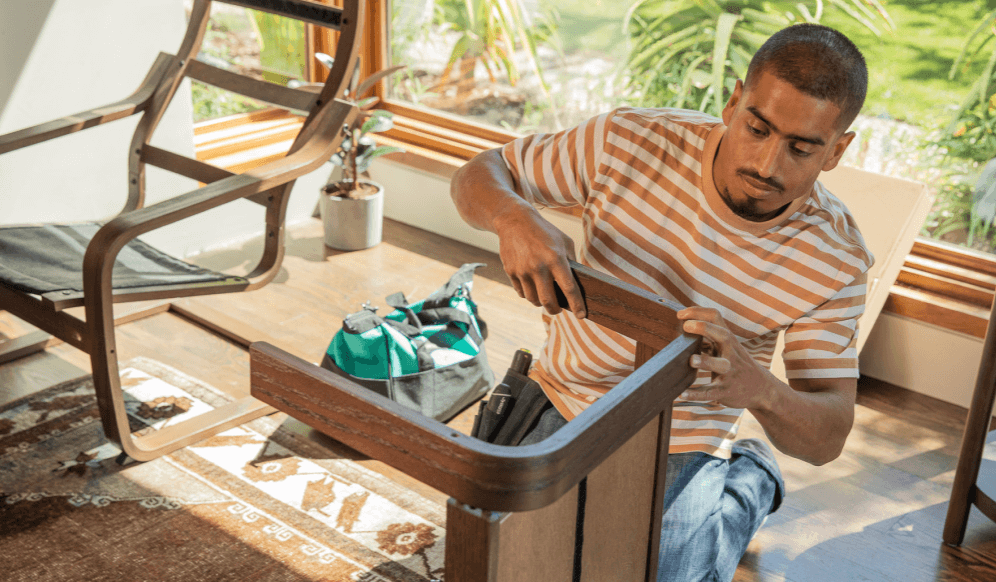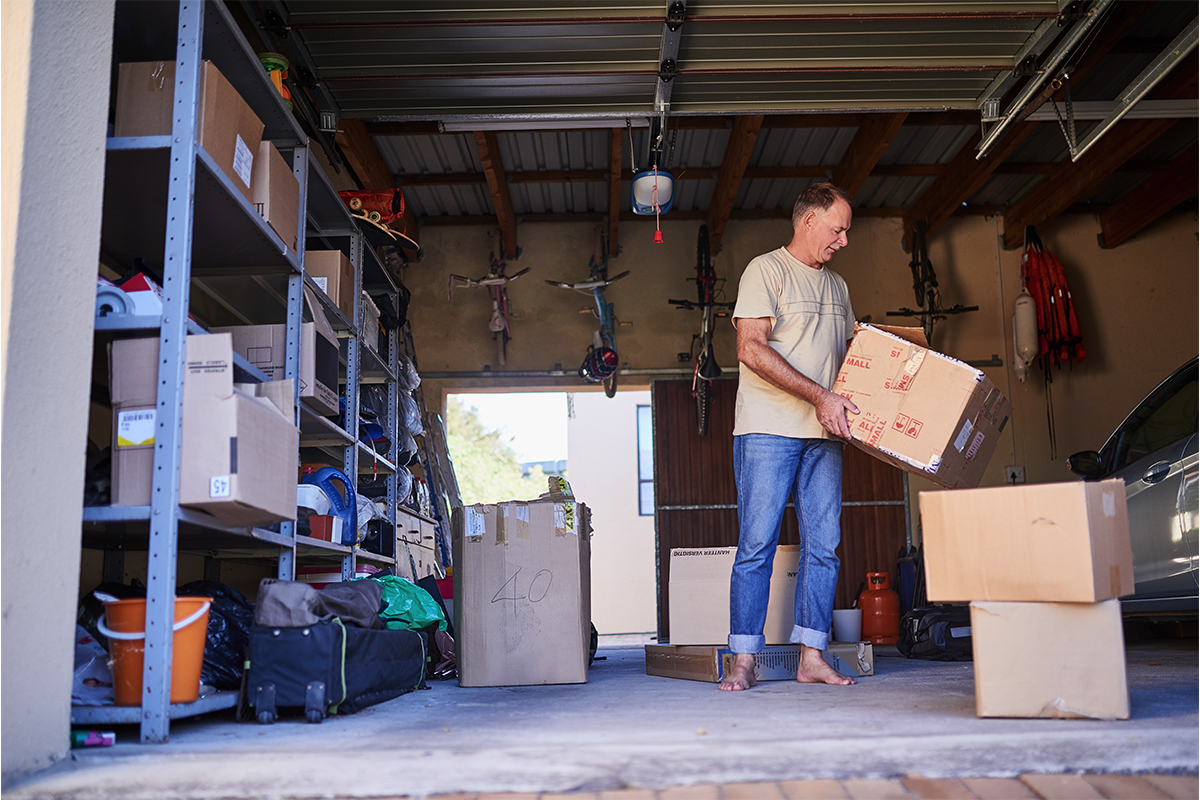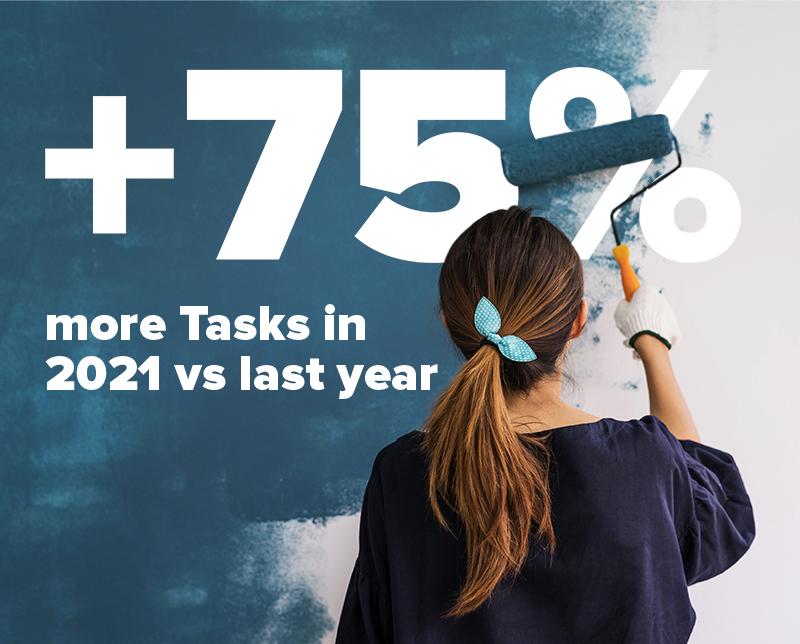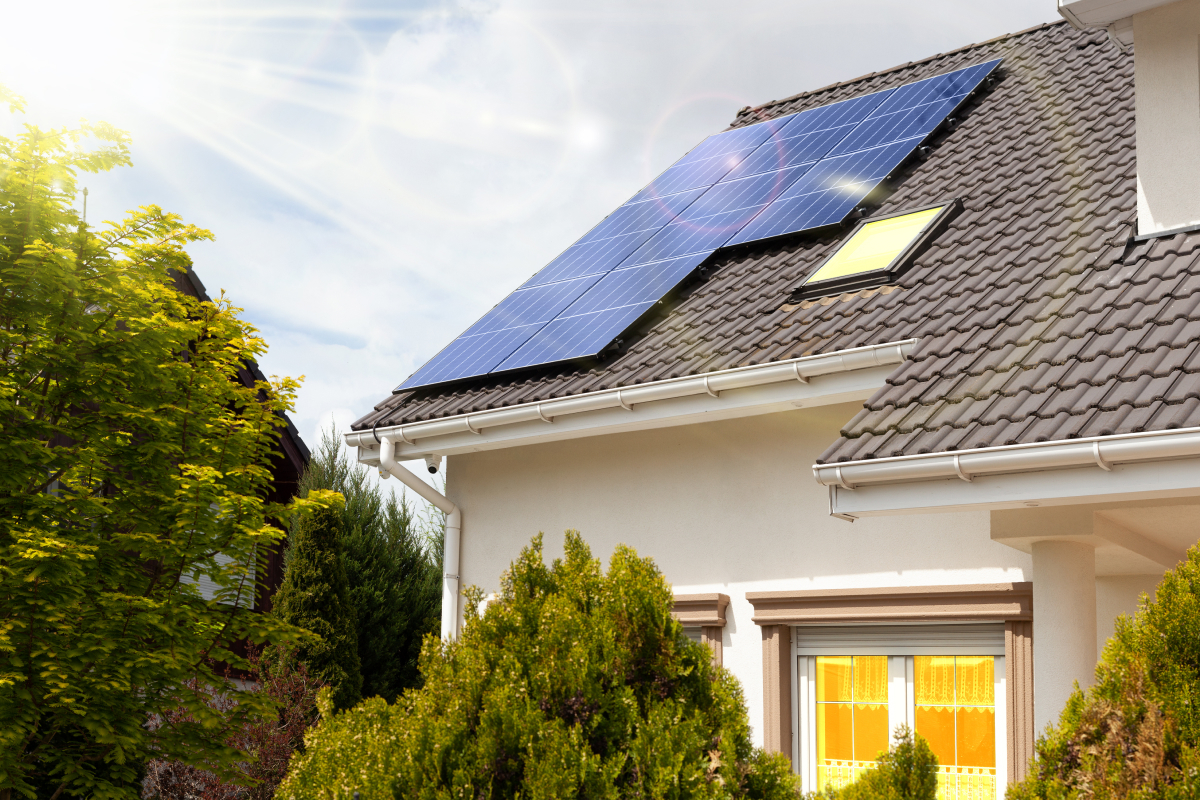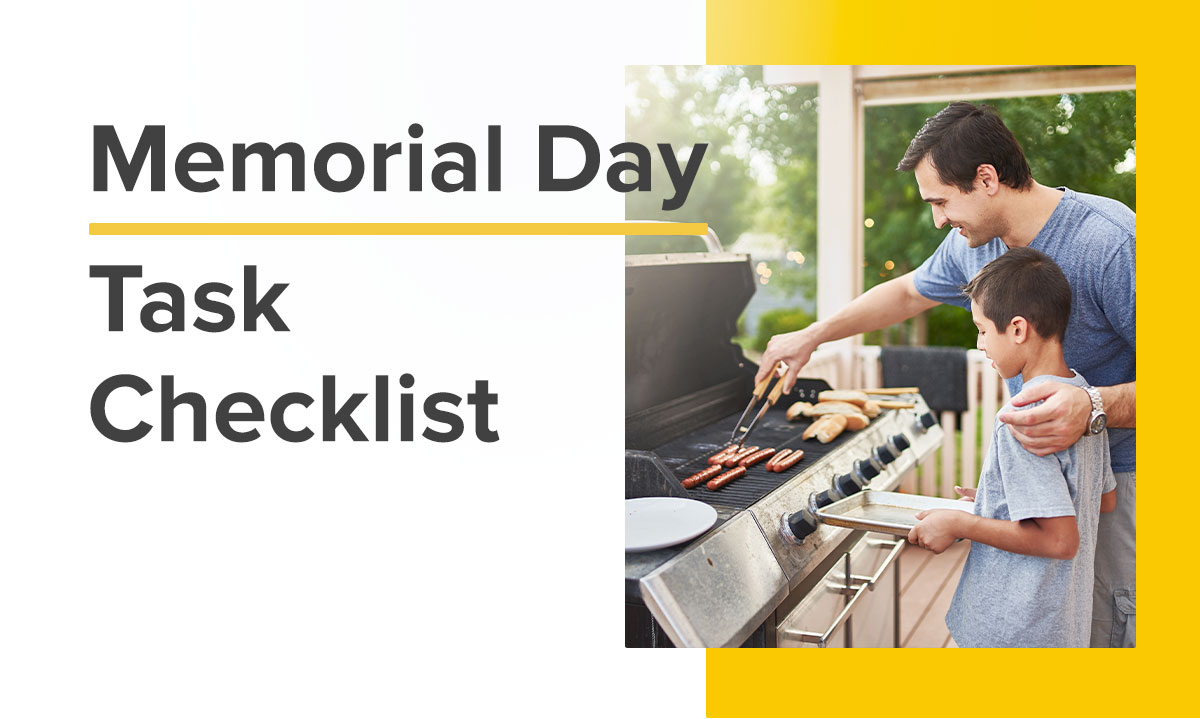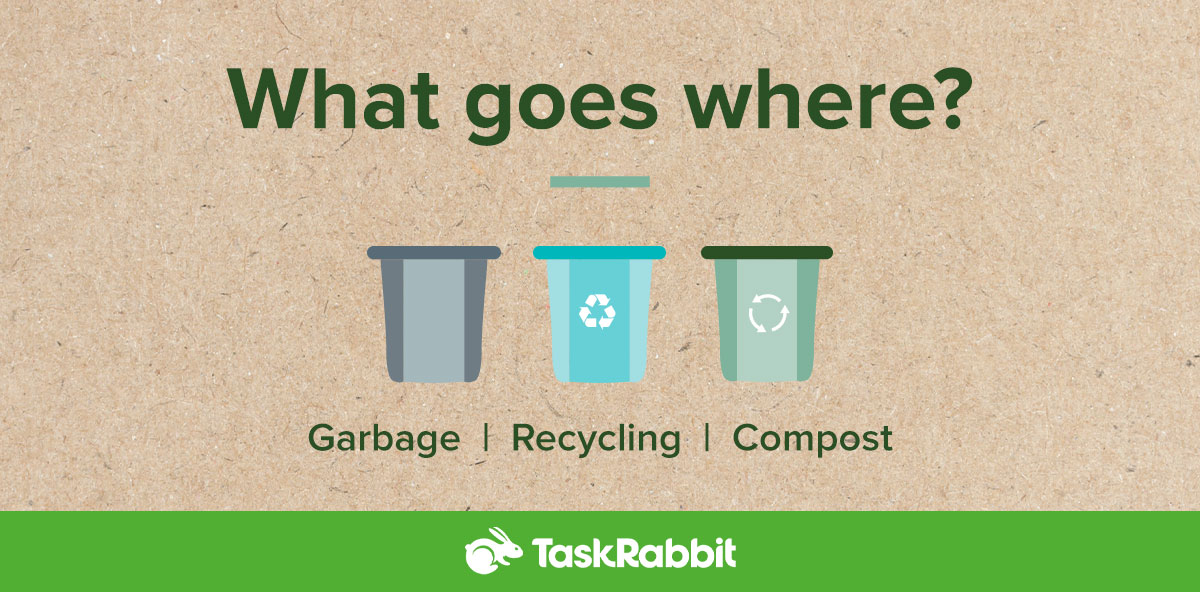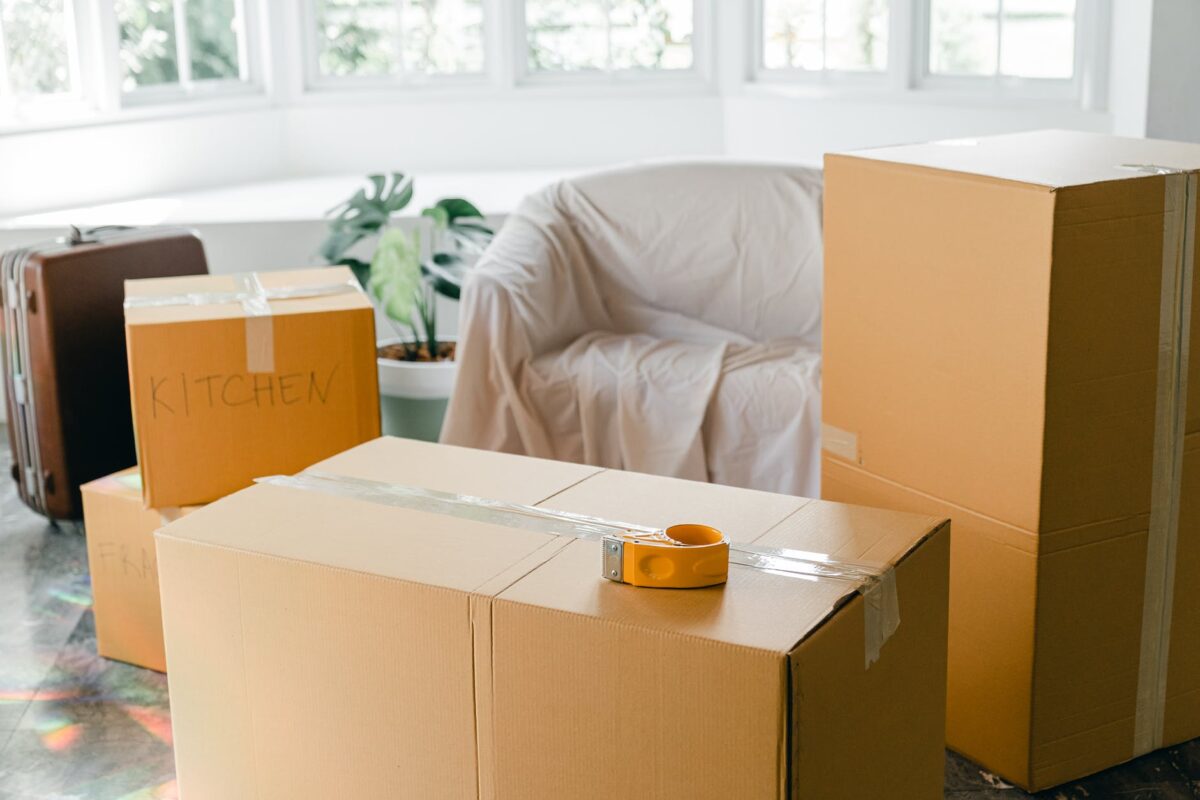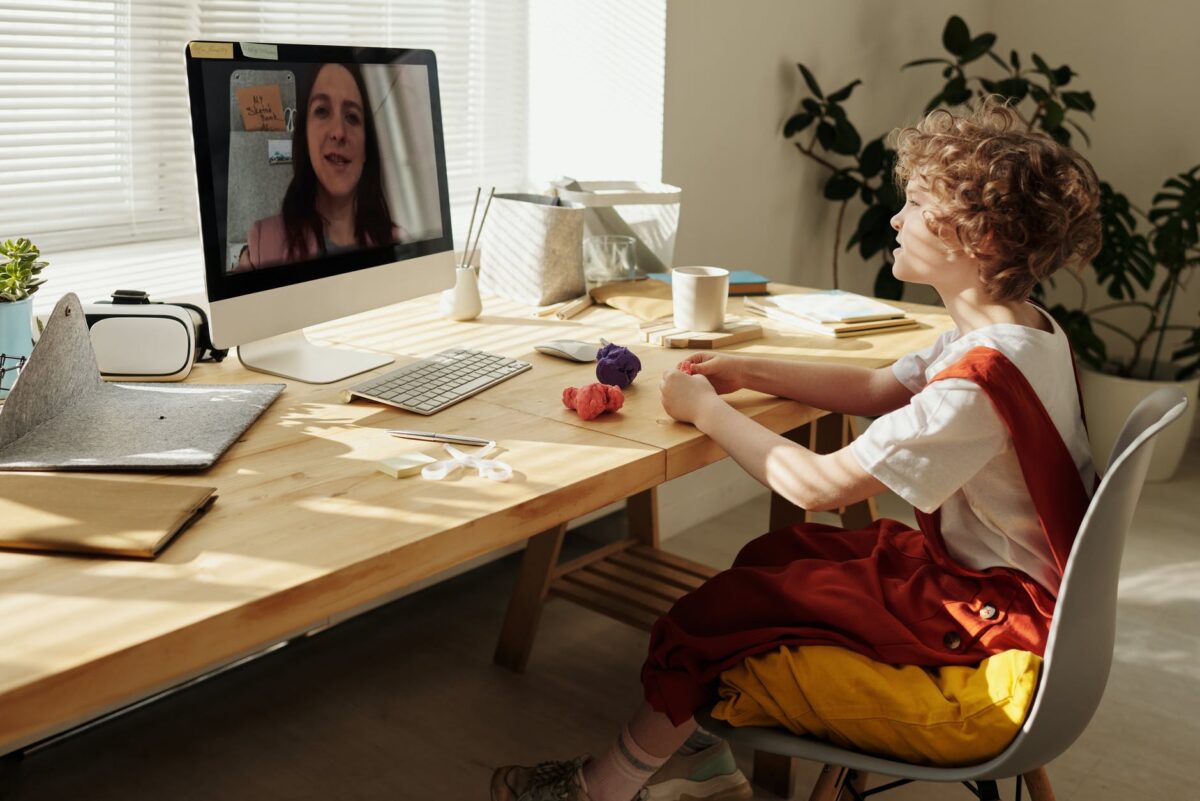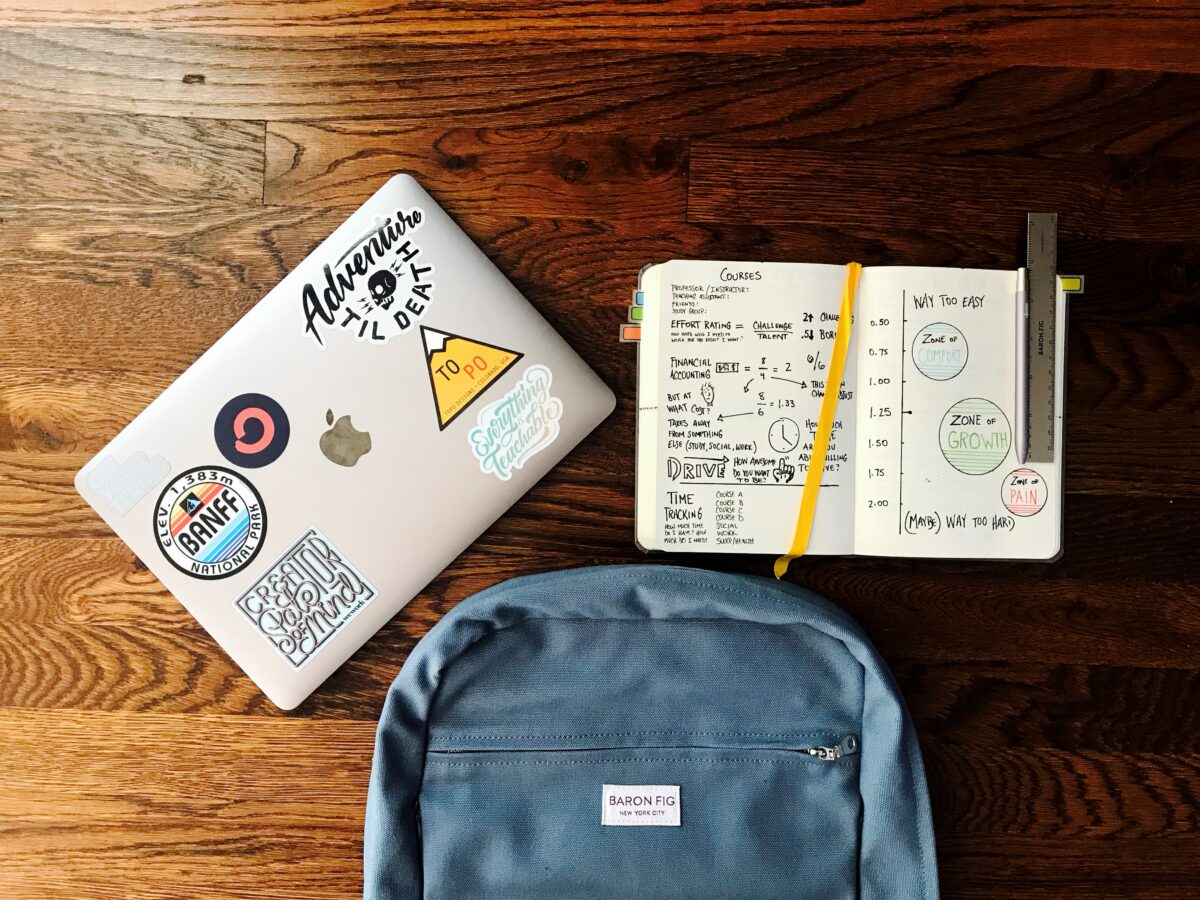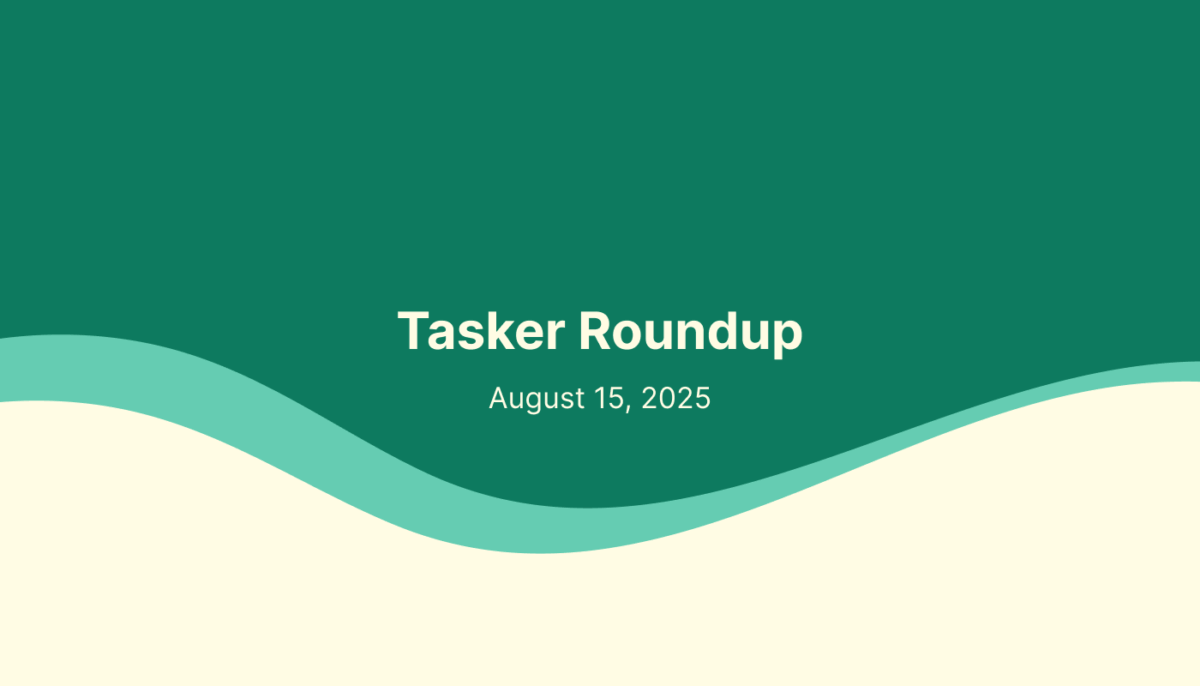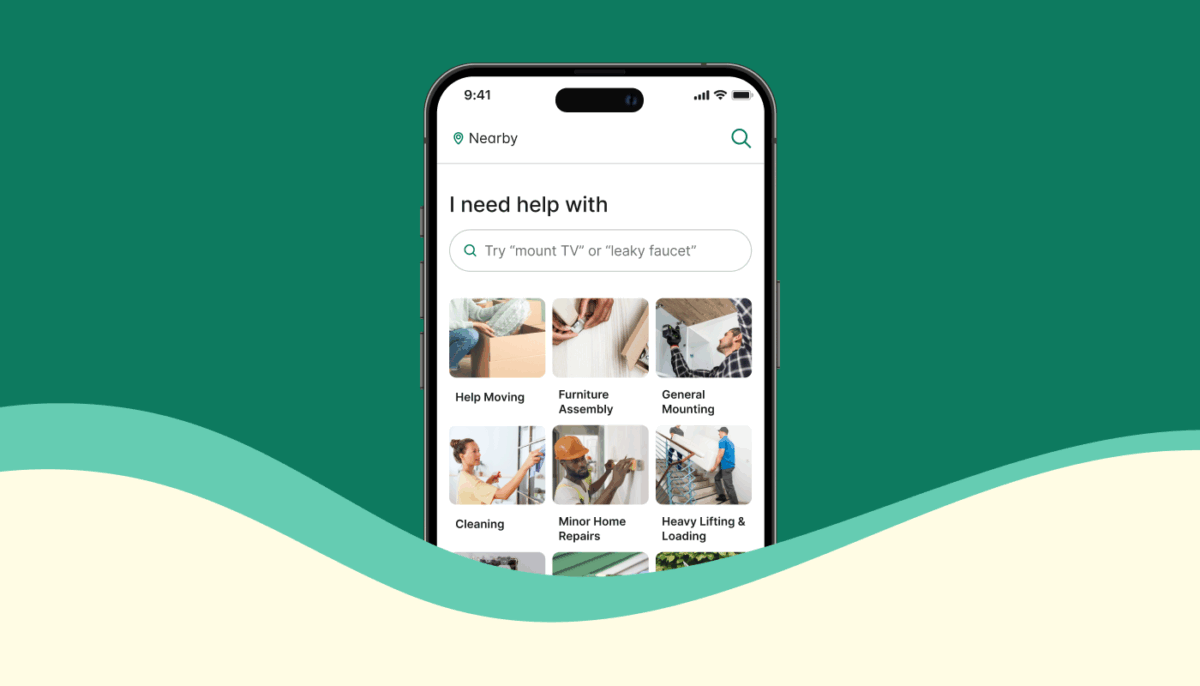Appliances are great, but when they start leaking, it can be a real headache. If you find puddles of water under your refrigerator, don’t panic about plumbing or appliance repair costs just yet. You can often fix the issue yourself in just a few simple steps. Delaying could lead to floor damage, so it’s best to act fast. Common culprits include checking if your fridge is level and clearing any clogged lines. If these tasks seem daunting, don’t worry, they’re pretty straightforward. We’ll break down both of these, and more, below.
To fix refrigerator leaks, start by finding the source of the problem. Below are 13 common causes of a leaking fridge and how to resolve them.
Blocked Defrost Drain

A stuffed freezer can block the defrost drain, causing condensation to build up, fall to the floor, and form a puddle.
How to Fix It
Fortunately, resolving a blocked fridge defrost drain is simple. Simply rearrange your freezer so the drain isn’t blocked. Wait a day and see if this fixed the problem. If it didn’t, the defrost drain might be clogged.
Clogged Defrost Drain

A clogged defrost drain is one of the most common causes of a leaking refrigerator. Food or other debris can clog the drain hose. Eventually this blockage will cause melted condensation to leak on the floor. The drain hose could be located on the freezer bottom back wall, underneath the freezer, below a produce bin, or behind the unit. Your refrigerator’s manufacturer instructions should include a diagram of the refrigerator components.
How to Fix It
With a turkey baster, use warm water to flush the drain hole inside the fridge. Remove the cap if the drain has one. You also may have to empty the freezer to access the drain. If the clog doesn’t budge, use a pipe cleaner or wire hanger to break it up. Then locate the defrost drain hose and clean the attached drain valve with soap and water. If the clog is too far down the hose, you may need to move your refrigerator and disconnect the valve. If a clogged drain hose was the issue, your fridge should stop leaking.
Improper Tilting

If your fridge isn’t level, water can spill out of the drain pan. Note that most refrigerators should be tipped slightly back in order for coolant to properly flow. If coolant isn’t flowing properly, condensation can form and cause puddles. This problem typically arises after installation or moving your refrigerator.
How to Fix It
Place a level on the floor of the refrigerator and adjust the legs to the proper height. You may need help to move the fridge and adjust the legs. Another way to level the fridge is to raise or lower the adjustment screws. Pull off the front cover grille to access the screws.
Water Supply Line

If you notice a pool of water and poor flow with your water dispenser or poor ice making, the leak could be the result of a leaky water supply line.
How to Fix It
Start by unplugging the refrigerator and storing your perishables. Then pull your fridge out from the wall, and look for a plastic hose connected to your ice maker and water filter. It will likely be located near the bottom of your fridge. If you notice leaking from the connection points, tighten them with a crescent wrench. Plug everything back in, and check for leaks again in an hour. If there’s water dripping from the hose, you’ll need to replace it. Turn the water supply line off—these controls should be located under the kitchen sink or in the basement. Then remove the water line, and take it with you to a home improvement store to purchase a replacement. If you don’t feel comfortable replacing the waterline yourself, an electrician or appliance technician can quickly perform this repair for you.
Clogged Water Supply Line
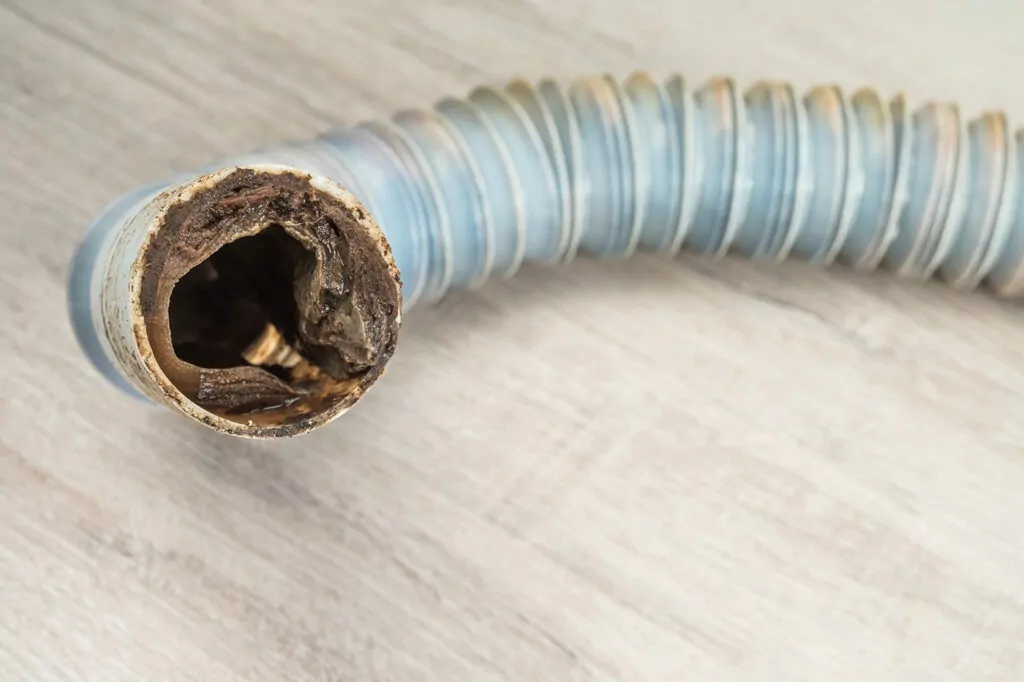
Alternatively, the water supply line could be clogged. If the waterline looks intact, ice buildup is likely the issue.
How to Fix It
In this case, turn on the shut-off valve after unplugging the refrigerator. Simply keep the refrigerator unplugged for around four hours to let the ice melt.
Damaged Drain Pan

Beneath the fridge is a drain pan that collects water condensation from your refrigerator’s evaporator fins. Normally this water evaporates, and there’s no need to empty it. However, if there’s a crack in the pan, water can leak on the floor.
How to Fix It
Remove the grille or kick plate from the bottom front of the refrigerator. Pull the drain pan out, and check for any cracks. If you notice damage, head to your local home improvement store, and purchase a replacement.
Dirty Drain Pan

The purpose of the drain pan is to remove excess water from the defrost cycle and send it to evaporate in the evaporator coils of your refrigerator. However, dirt can build up in the pan, obstructing the defrost cycle and causing a leak.
How to Fix It
Clean and remove the ice drawer from one side of the fridge, and remove any plastic cover or panels limiting access to the drain pan. Using a cup, pour warm water into the pan’s overflow hole. Then take an old rag and dip it in warm water. Use the rag to wipe down all sides of the dirty area. Finally, pour more warm water until you see clean liquid coming out.
Evaporator Fan Motor

A faulty evaporator fan motor can prevent a freezer from getting cold enough and can cause leaks. The evaporator fan motor is typically located in the freezer and can get blocked by any debris that falls behind it or by dust bunnies.
How to Fix It
Simply clean the evaporator fan motor coils with a long brush.
High Humidity

Humidity in the air mixes with your refrigerator’s cold temperatures, causing condensation to form. In turn this fills the drain pan quicker than usual, and an overflowing drain pan will cause a puddle on the floor.
How to Fix It
Resolving this issue is simple. Just manually empty the drain pan on humid days to avoid leaking!
Inlet Valve

The inlet valve, located on the back of your fridge, turns water to the ice maker on and off. To determine if the inlet valve is the issue, turn the water off at the saddle valve, typically located in the basement under your fridge. Then disconnect the supply tube, holding it over a bucket. Finally, have someone turn the saddle valve back on. If water flows from the tube, the inlet valve is no good.
How to Fix It
Unscrew the cover panel, then unscrew the screws that hold the valve in place. Next, unplug any wiring, and unfasten the nuts that connect the water lines. To replace the old valve with a new valve, repeat these steps in reverse.
Water Filter Connection

A poor connection between the water filter and refrigerator can cause refrigerator leaking.
How to Fix It
Simply remove the water filter and re-insert it. If you still have leaking problems, install a new filter, as old filters wear out or crack as they age. Make sure you replace any water filters with the right kind of filter. If this is the issue, any leaking should stop.
Water Dispenser

If the water dispenser is dripping, trapped air could be the issue.
How to Fix It
Purge water through the dispenser for at least three minutes.
Doors or Seals

Broken seals—or a fridge that stays open too long—can also cause refrigerator leaking. Check the door seal and gaskets for cracks and tears.
How to Fix It
Try cleaning the seals with soap and water, then lubricate them with petroleum jelly. If gaskets are damaged, you’ll need to replace them.
Refrigerator Repair FAQs

Is a fridge with leaking water dangerous?
A leaking refrigerator is not only a fall hazard, but water on the floor could lead to electrical shocks and floor damage. It’s best to address a leaking refrigerator as soon as possible.
Why is my refrigerator leaking water underneath?
One of the most common causes of a leaking refrigerator is a clogged defrost drain line. Resolving this is a quick fix—simply flush the defrost drain hose with warm water, or remove any clogs with a hanger or pipe cleaner.
Can I fix a leaking refrigerator myself?
Many causes of a leaking refrigerator have simple DIY fixes. If you’ve exhausted every possible cause for your leaking refrigerator as outlined above, it’s time to call in a professional.
Consult a Tasker
Whether you just moved into a new home or you’ve been using your trusted refrigerator for five years, problems can still arise. When you notice a leak from your fridge, it’s best to address it sooner rather than later to prevent any food spoilage or mold. If resolving issues around the home isn’t your forte, don’t become an overnight plumbing expert. With same-day plumbing services on Taskrabbit, you can repair a leaking refrigerator as soon as today! Get your fridge back up and running with a little help from your local neighborhood Tasker, and you’ll be back to whipping up your favorite home-cooked meals in no time.
